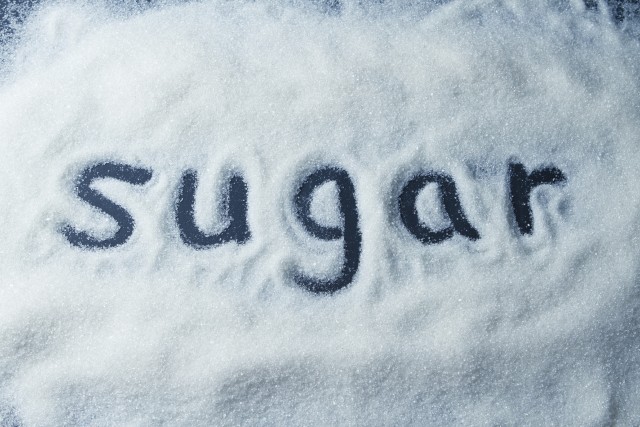Ultimately, a report from the industry was submitted to the government panel and became the foundation for research going forward. "Seventy-eight percent of the sugar industry submission was incorporated into the NIDR’s call for research applications. Research that could have been harmful to sugar industry interests was omitted," the authors note.
"What this shows is that sugar interests were running science manipulation in as sophisticated a manner as 'big tobacco' was back in the 50s and 60s," said UCSF Professor Stan Glantz, a co-author of the study and long time anti-tobacco advocate.
Marion Nestle, professor nutrition of New York University was not involved in the analysis, which she called "incredibly revealing."
The paper "makes it clear that the sugar industry systematically and deliberately adopted strategies to make sure that federal research agencies did not urge the public to cut down on sugar intake as a means to prevent tooth decay," she said.
"I can attest that the sugar industry is especially aggressive in defending itself against any suggestion to eat less and is following the tobacco industry's playbook."
In a statement, the Sugar Association said it "questions the relevance of attempts to dredge up history when decades of modern science has provided answers regarding the role of diet in the pathogenesis of dental caries."
The statement also says that the authors' "use of attention-grabbing headlines and scare tactics that liken consumption of all-natural sugar ... to a known carcinogen is a 'textbook' play from the activist agenda."
The authors admit their analysis is limited because it "provides a narrow window into the activities of just one sugar industry trade association" and that they could not "interview key actors."
A Long Hunt
Cristin Kearns found the papers after a long hunt. In 2007, she says, while attending a conference, she was handed a government pamphlet titled, "How to Talk to Patients About Diabetes." She was startled that the diet advice didn't mention reducing sugar intake. It made her wonder if the sugar industry "somehow impacted what the government can or cannot say about diet advice for diabetics?"
She started searching online and, ultimately quit her day job. After months of looking, she uncovered some documents and ultimately identified the documents discussed in the analysis today.
Kearns says there are more documents to be found, "just need time and money to do it." And, with an eye toward the history of tobacco litigation, she believes litigation is "certainly a possibility" in this case as well. "We've only just begun to scratch the surface of understanding some of the tactics the sugar groups have implemented."
